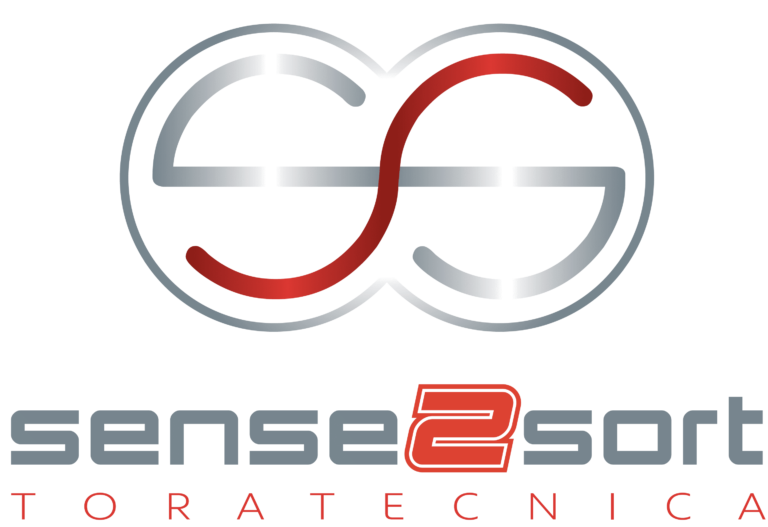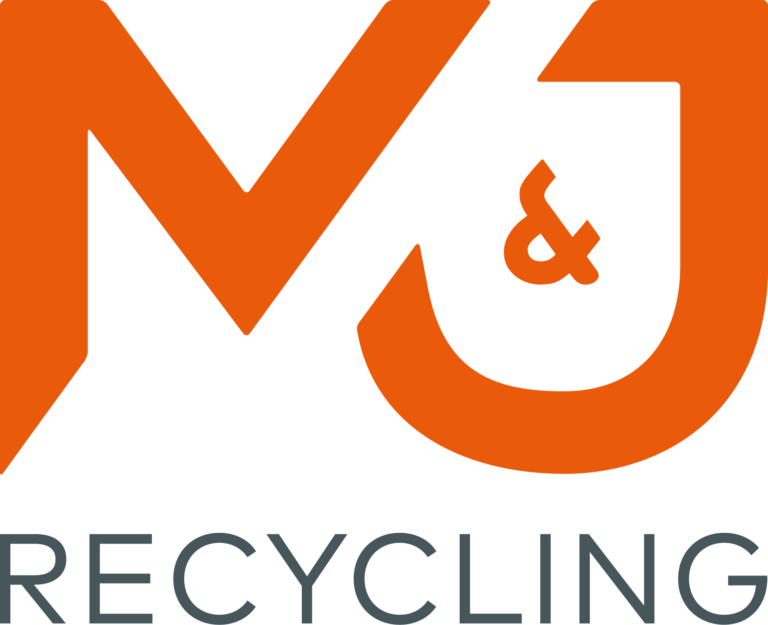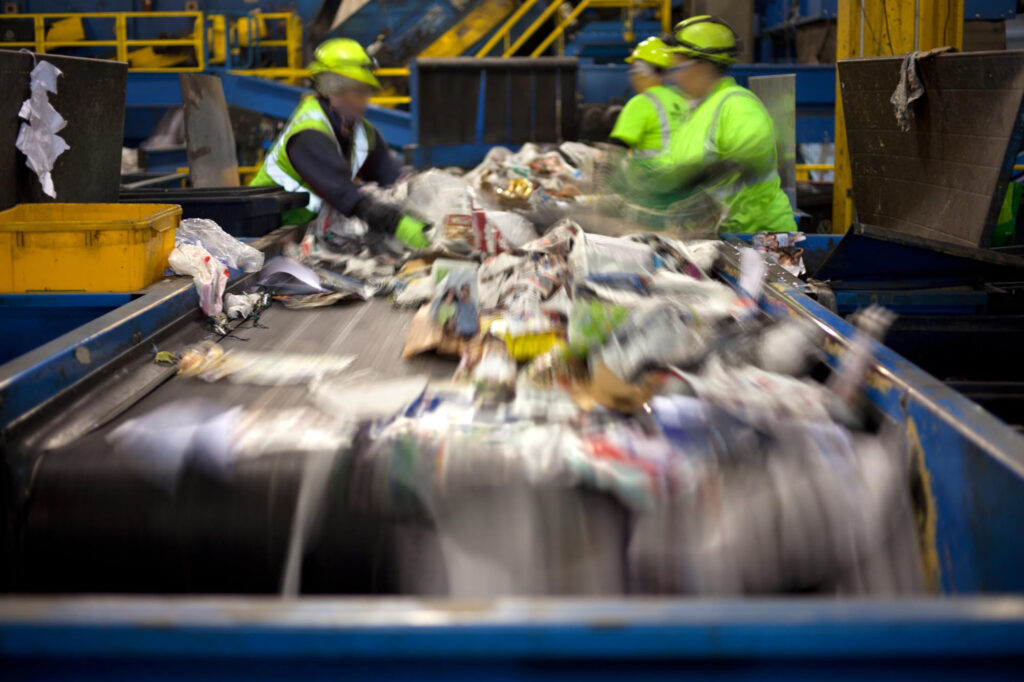XRF operates by exposing a sample to primary X-rays, which excite the atoms within the material. This excitation causes the atoms to emit secondary (or fluorescent) X-rays. Each element emits X-rays at specific energies, allowing for the identification and quantification of the elements present in the sample. In other words, using XRF based sorting machines you can identify heavy metals by their elemental composition. Such as copper, brass, bronze, zinc, stainless steel, but also titanium, manganese, chrome or nickel, gold and silver.
Sense2Sort presents another important sorting tool for your metal recycling, this time we highlight the sorting of your fine materials. Developed to address the next step of traditional chute and belt systems, this latest model of our XRF Channel Sort series uses a belt or Chute system to handle materials from 2mm up to 40mm. The uniqueness of our machines is its flexibility, not only in size and throughput but also in its mechanical configuration.
Depending on the material conditions we can install a chute or a belt for the material infeed. Due to our channel design, even one channel can have a chute the other a belt for your material feeding. In this way we have no limits towards the best possible material handling. The XRF-CS fines will help sorting all your mixed heavy metals post ECS and increasing your benefits. At the same time by installing this fine sort XRF machine, you can meet the latest European goals for our circular economy, recovering, sorting and keeping important resources in Europe instead of shipping them to the East.
Setting new standards is our daily bread and we have more to come. XRF technology is one of the powerful tools we offer for your Realtime Elemental Analyses to enhance your sorting efficiency and expand your business capabilities to optimise your contribution to environmental improvement, our circular economy, and your recycling business.



























